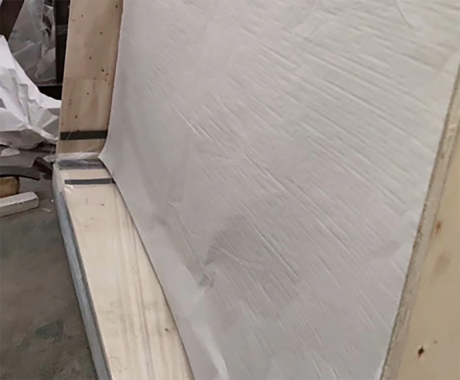

The Benefits and Applications of One-Way Mirror Glass for Windows
One-way mirror glass, also known as two-way mirror glass or reflective glass, is an innovative material widely used in various settings, from offices to residential buildings. Its unique properties allow it to serve both functional and aesthetic purposes, making it an excellent choice for windows in various applications. In this article, we will explore the benefits and applications of one-way mirror glass for windows.
How One-Way Mirror Glass Works
One-way mirror glass is designed with a reflective coating on one side, usually made of a thin layer of metals or other materials. This creates a surface that reflects light while allowing visibility through the other side. The effectiveness of this glass depends on the lighting conditions—when one side is brighter than the other, it allows people to see out while preventing others from seeing in. This phenomenon is primarily why one-way mirror glass is often used in surveillance and privacy applications.
Enhanced Privacy and Security
One of the most significant advantages of one-way mirror glass is its ability to provide enhanced privacy. In situations where discretion is essential, such as in offices, meeting rooms, or bathrooms, this glass offers an effective solution. Employees can work without the fear of being watched, enabling a more comfortable and productive environment. Additionally, this glass is an excellent choice for shops and retail spaces, allowing staff to observe customers without being visible themselves. This added layer of security can be invaluable in preventing theft and ensuring a safe shopping experience.
Aesthetic Appeal
Beyond its functional benefits, one-way mirror glass can also enhance the aesthetic appeal of a building. Its sleek and modern appearance can complement various architectural styles, giving both interiors and exteriors a sophisticated touch. This glass can be used in homes, allowing natural light to flood the space while maintaining a sense of openness without compromising privacy. It can also be applied in commercial buildings to create a striking facade that stands out.
Energy Efficiency

One-way mirror glass plays a significant role in energy efficiency. Its reflective properties help to reduce heat gain from sunlight, which can lead to lower energy costs for heating and cooling. By minimizing the need for artificial lighting during the day and reducing reliance on air conditioning, buildings equipped with this type of glass can achieve substantial energy savings. This environmental benefit aligns well with the growing emphasis on sustainability and eco-friendly building practices.
Applications in Various Settings
The application of one-way mirror glass spans various sectors. In healthcare, for instance, it can be used in psychological evaluation rooms where therapists need to observe patients without being seen. In educational environments, it can serve as an effective tool for monitoring classrooms and ensuring safety without disturbing the teaching process.
Moreover, in law enforcement settings, one-way mirror glass is commonly found in interrogation rooms, allowing officers to observe suspects without their knowledge. This usage emphasizes the importance of privacy and security in sensitive environments.
Challenges and Considerations
While one-way mirror glass has many benefits, there are some challenges and considerations to keep in mind. Lighting conditions significantly influence its effectiveness; if the light levels are not appropriately balanced, it may not provide the desired privacy. Additionally, the initial cost of installation can be higher than traditional glass options, although the long-term savings in energy efficiency can offset this investment.
Furthermore, it’s essential to ensure that the glass is properly maintained and cleaned. Scratches or smudges can compromise its reflective properties and diminish its intended benefits.
Conclusion
In conclusion, one-way mirror glass offers a versatile, practical, and aesthetically pleasing solution for various window applications. Its ability to provide privacy, enhance security, and contribute to energy efficiency makes it an attractive option for both residential and commercial settings. However, potential users should carefully consider lighting conditions and costs to maximize the benefits of this remarkable material. As technology advances and the demand for innovative building solutions increases, one-way mirror glass is likely to play an even more significant role in architectural design and functionality.